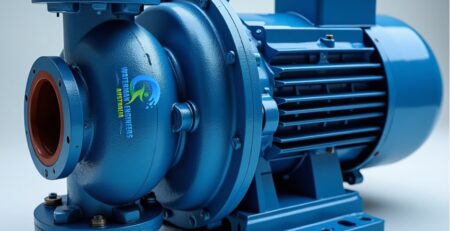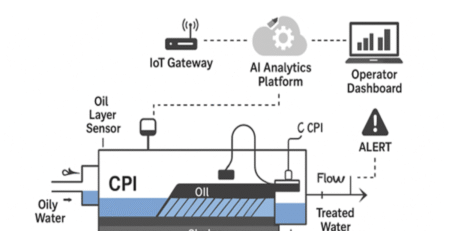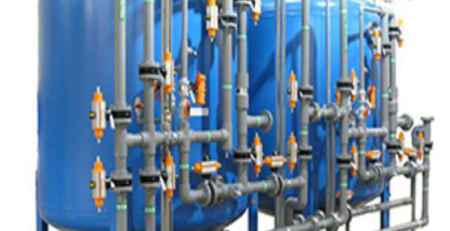Zero Liquid Discharge System for Pharmaceutical Industry
Choosing the right zero liquid discharge (ZLD) system for the pharmaceutical industry can help reduce fouling and increase productivity. However, the implementation of this technology has the potential to increase the costs of processing within the industry by as much as 25 percent.
Water is The Most Important Excipient Used in Pharmaceutical Production
Among the many excipients used in the pharmaceutical industry, water is the most widely used material. It is used in the manufacture of medicinal products and also in the testing of these products. It also has a role in the plasticizing effect.
Water is a natural product that is compatible with the human body, and has the capability to dissolve most pharmacologic agents. In the pharmaceutical industry, water serves a number of different functions, from cleaning and processing equipment, to manufacturing drugs. Whether the water is for medicinal products or for drinking, the water must be tested for contaminants. Water can also play a role in the plasticizing effect, which can change the properties of a complex delivery system.
One of the main purposes of water in pharmaceutical production is to reduce bacterial endotoxins. This can be achieved by using purified water in both sterile and non-sterile preparations. Using water for injection in preparations with controlled endotoxins is also common. Water is also a microbial nutrient and has the ability to serve as a suitable medium for microbial growth.
The USP Monograph for Pharmaceutical Water defines the various types of water used in the pharmaceutical industry. The monograph also contains testing requirements for various applications. It includes information on how to differentiate between grades of water.
Functional excipients are chemical substances that have properties other than the active ingredient. These substances can increase the efficacy of the drug, or can re-formulate an existing drug. They can also enhance patient acceptability.
Water has many other uses, including being an agent for cleaning processing equipment and a solvent. It also serves as an indicator of a formulation’s functionality.
How does UF/RO System Reduce Fouling in Zero Liquid Discharge System?
UF/RO systems are a combination of ultrafiltration membranes and reverse osmosis membranes. These membranes are used in a wide range of industrial applications including water treatment, chemical processing, food processing and biotechnology.
Typical applications include the recovery of valuable contaminants from process waste streams. UF membranes are typically made of ceramic or synthetic polymers. The membranes are manufactured through phase inversion processes. These membranes have a lower operating pressure than reverse osmosis membranes.
The membranes are available in various configurations. They can be offered in a spiral wound configuration or in a tubular configuration. They can also be provided in a hollow fiber configuration. Hollow fiber membranes have smaller pore sizes than most commonly used UF membranes. This results in increased stability during filtration.
The membranes can be protected from fouling by using antiscalants. Rotating the membranes, vibrating the membranes or using electric fields can help to reduce fouling. In addition, the selection of chemicals for pre-treatment can also reduce fouling.
The membrane separation depends on the size of the membrane pore, the shape of the solute and the interaction of the solute and the membrane. Typical applications include removal of suspended solids, colloids, particulate matter, viruses, bacteria and macromolecular matter. The separation also depends on the pH of the permeate water. The pH of the permeate can alter the waterways and the composition of the retentate.
Fouling of the membrane is reduced by decreasing the trans-membrane pressure drop and by maintaining high cross-flow. In addition, the frequency of cleaning can also reduce fouling. In addition, reducing fouling can lead to lower operating costs and reduced downtime.
Cross-flow membrane UF can be used to produce very specific separations at low temperatures. This process can also be effective for virus removal. This type of membrane can be used in vaccines and pharmaceutical production.
What are The Benefits of ZLD Implementation in Pharmaceutical Industry?
Zero Liquid Discharge (ZLD) system can help streamline commissioning and startup schedules in pharmaceutical industry. ZLD systems are useful for minimizing water pollution, especially when used in industrial outlets. The system can help control the amount of condensate produced, thus reducing spray pond blowdowns. It can also help reduce the cost of waste transportation.
The cost of installing a ZLD system is not much. It is important to have a comprehensive plan for your project. This includes an early framework to determine the scope of the project, procurement needs, and technical requirements.
ZLD technologies are also used in the oil and gas, mining, and manufacturing industries. These industries are tapping into their chemical and mineral resources to boost their business. In order to reduce the cost of these processes, manufacturers are seeking to implement Zero Liquid Discharge systems.
For instance, companies in the textile industry are utilizing ZLD technologies to recycle their wastewater. They are also investing in plants to treat construction waste. This trend is gaining popularity in India, where the regulatory norms are getting more stringent with every passing day.
Water pollution is a serious issue in India. Increased water scarcity has encouraged more companies to implement ZLD systems. With pressure from the regulators, the market for ZLD is sure to increase.
ZLD is an innovative water treatment technology that uses evaporation to treat wastewater. This process works by removing valuable materials from wastewater. In addition, it encourages water usage monitoring and conservation.
A ZLD system can be built in place or purchased pre-packaged modules. However, it’s important to choose the right combination of technology and process for pharmaceutical industry.
The Bottom Line
ZLD systems are the most common water treatment systems used today. They are used to remove suspended matter from water to provide better-quality feed water. This can reduce costs in water treatment, and add an extra level of security to the water.
Zero liquid discharge systems can be a more cost-effective solution to wastewater reuse in the metal finishing industry. They are also effective for removing pharmaceutical products from wastewater. They are also used for treating industrial wastewater.













